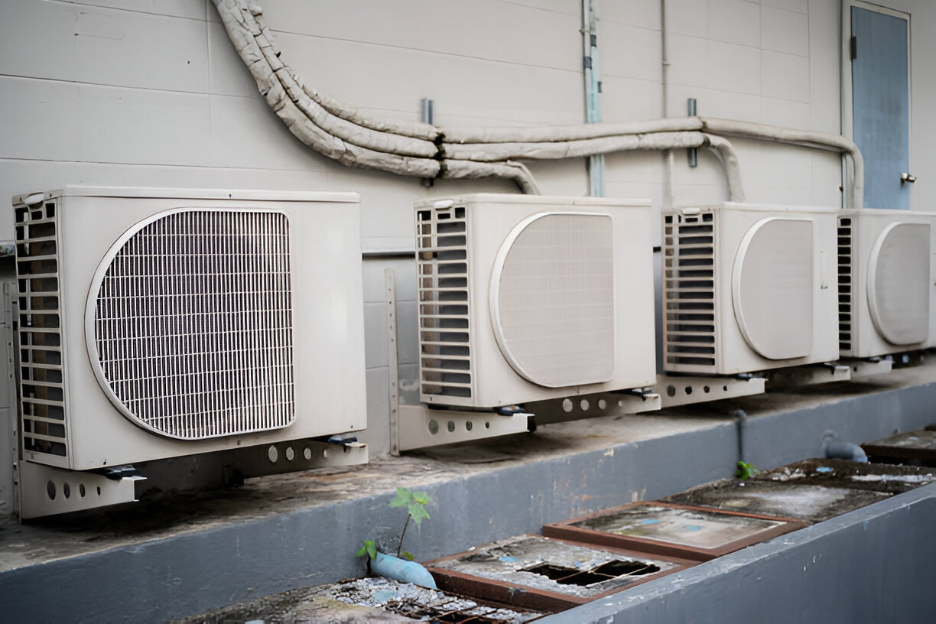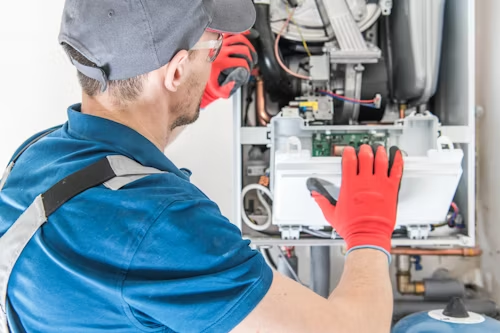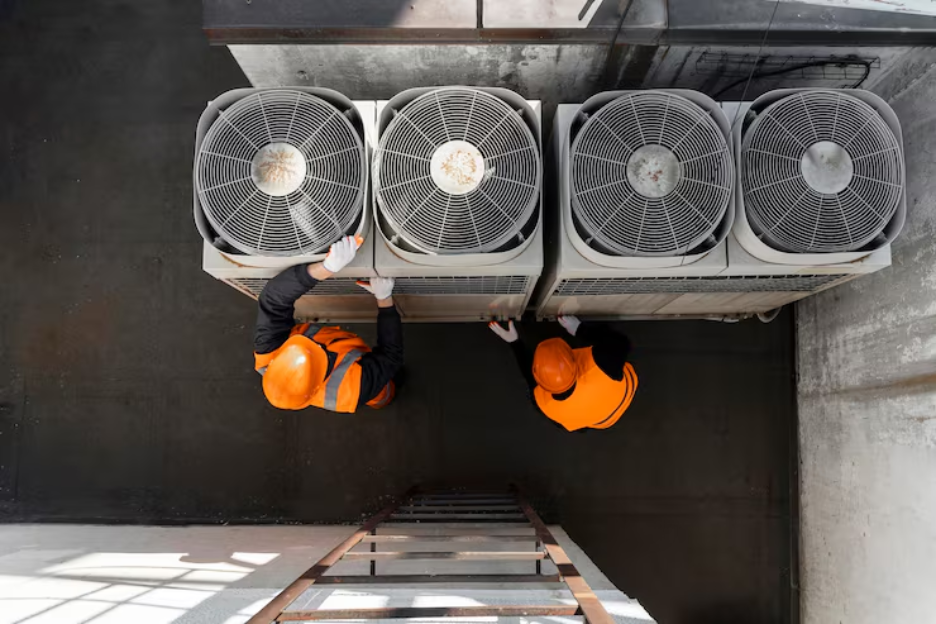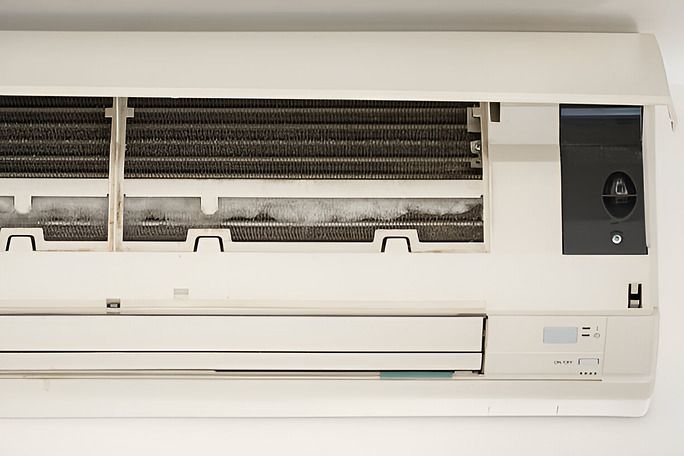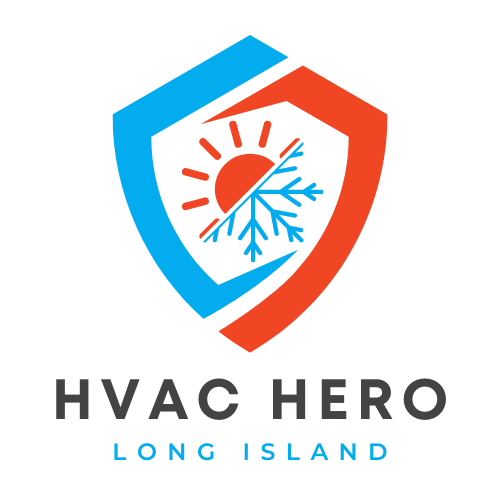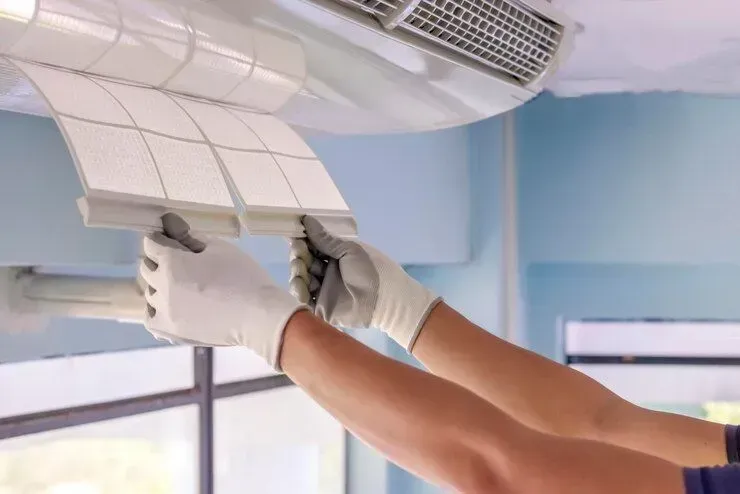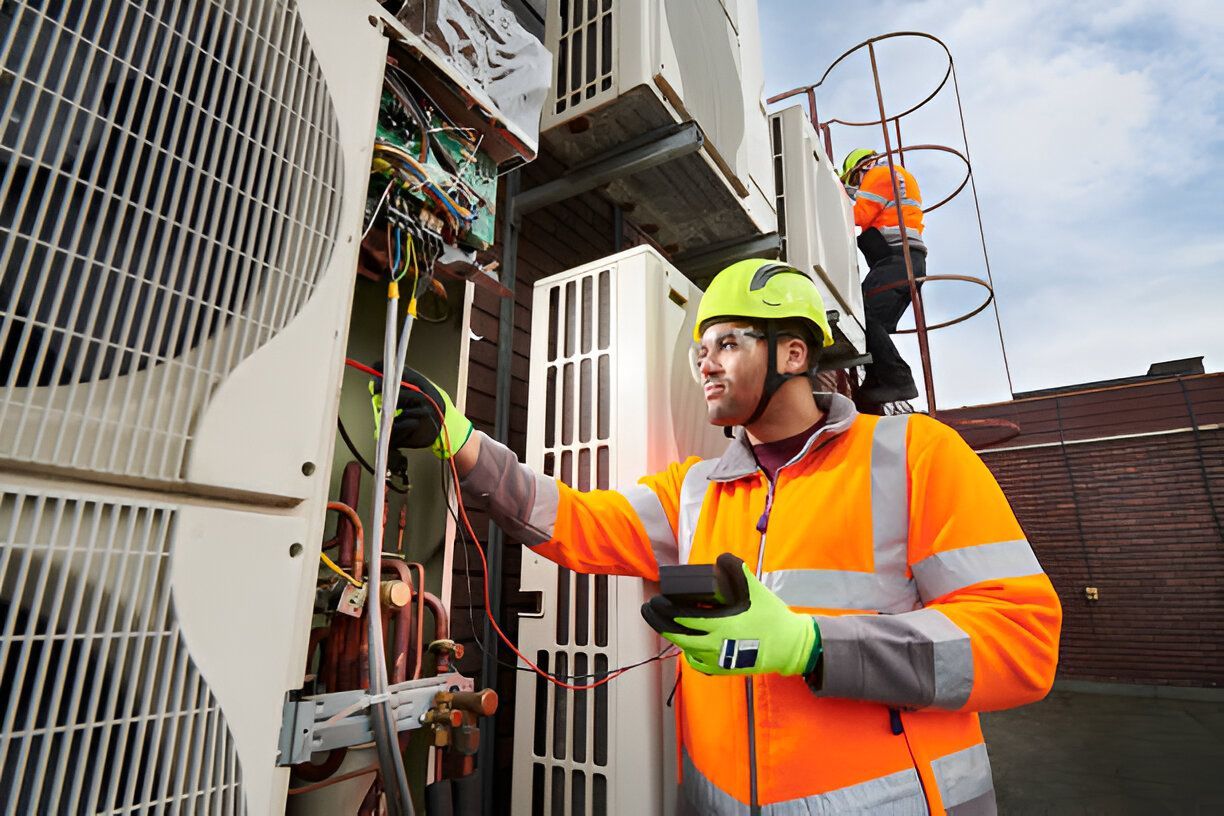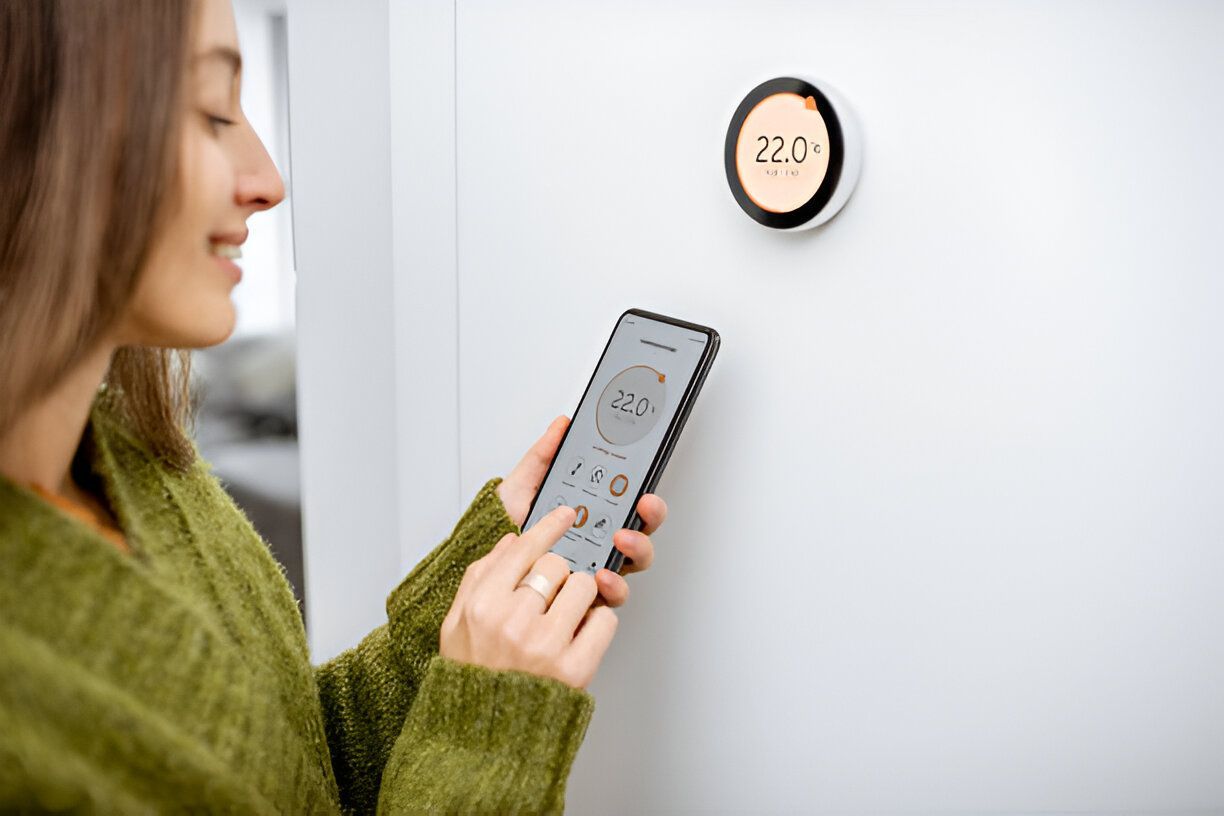The Ultimate HVAC Maintenance Checklist for Long Island Summers
Summers in Long Island can be long, humid, and relentless, putting your HVAC system under extreme pressure. Without regular upkeep, your system may struggle to keep up—leading to costly repairs and uncomfortable indoor temperatures. That’s why HVAC maintenance isn’t just a recommendation; it’s a necessity.
In this complete guide by Long Island HVAC Hero, we’ll walk you through the ultimate HVAC maintenance checklist tailored specifically for Long Island summers. Whether you own a central air system or a ductless unit, this list will help extend your system’s life and keep energy bills in check.
1. Inspect and Replace Air Filters
Your HVAC system's air filters should be inspected at least once a month during the summer season. Dirty or clogged filters can restrict airflow, causing your system to work harder and waste energy. This not only reduces cooling efficiency but also strains your HVAC components.
In most cases, filters should be replaced every 1-3 months depending on usage, household pets, and allergies. Long Island HVAC Hero can assist you in choosing high-quality filters and performing replacements as part of routine maintenance.
2. Clean Vents and Registers
Dust and debris can accumulate quickly in vents and registers, especially when your HVAC system is running constantly during the summer. Dirty vents can lead to uneven cooling and poor indoor air quality.
Take a few minutes to vacuum vents and use a damp cloth to wipe away any visible buildup. If you notice restricted airflow, it could be a sign of larger duct issues—something our team at Long Island HVAC Hero can inspect and fix promptly.
3. Check the Thermostat Settings
A properly calibrated thermostat ensures that your HVAC system runs efficiently without overcooling or short cycling. Set your thermostat to a consistent temperature and consider using a programmable or smart model to automate energy-saving settings.
Small adjustments, such as raising the temperature a few degrees while you’re out, can significantly reduce energy consumption. If you're experiencing inconsistent temperatures, a faulty thermostat may be to blame, and Long Island HVAC Hero can help upgrade or recalibrate your unit.
4. Inspect the Condensate Drain Line
The condensate drain line removes excess moisture from your HVAC system. If it becomes clogged, it can lead to water damage, humidity problems, and even system failure. During summer, when AC units work overtime, it’s important to ensure the line remains free of obstructions.
Flushing the line with a vinegar solution helps prevent algae and mold buildup. However, if you're unsure or notice signs of leaking, it’s best to schedule a visit with Long Island HVAC Hero to avoid long-term damage.
5. Clean the Outdoor Condenser Unit
Your HVAC's outdoor unit is exposed to the elements and can easily become clogged with leaves, dirt, and other debris. When airflow around the condenser is blocked, heat cannot be efficiently expelled, which leads to system inefficiency or breakdown.
Inspect the area around the unit and trim any vegetation that’s within two feet of the equipment. Gently clean the unit’s fins and coils with a hose or soft brush. For deep cleaning or professional inspections, Long Island HVAC Hero offers complete condenser servicing.
6. Evaluate Ductless Mini-Split Units
Ductless systems require a slightly different maintenance approach than central systems. During summer, you should clean the filters inside each unit, check for refrigerant leaks, and ensure the outdoor compressor is free of obstructions.
Ductless systems are highly efficient, but without proper care, they can lose performance. If you use or plan to install a ductless solution, rely on Long Island HVAC Hero for expert service and seasonal tune-ups.
7. Seal and Insulate Ductwork
Leaky or poorly insulated ducts are a major source of energy waste. Cooled air can escape before it reaches your rooms, forcing your system to run longer and harder. In Long Island’s hot summers, this can drastically increase your electric bill.
Sealing leaks with mastic or foil tape and adding insulation can significantly improve efficiency. Our HVAC professionals at Long Island HVAC Hero are equipped to inspect and repair your ductwork for optimal performance.
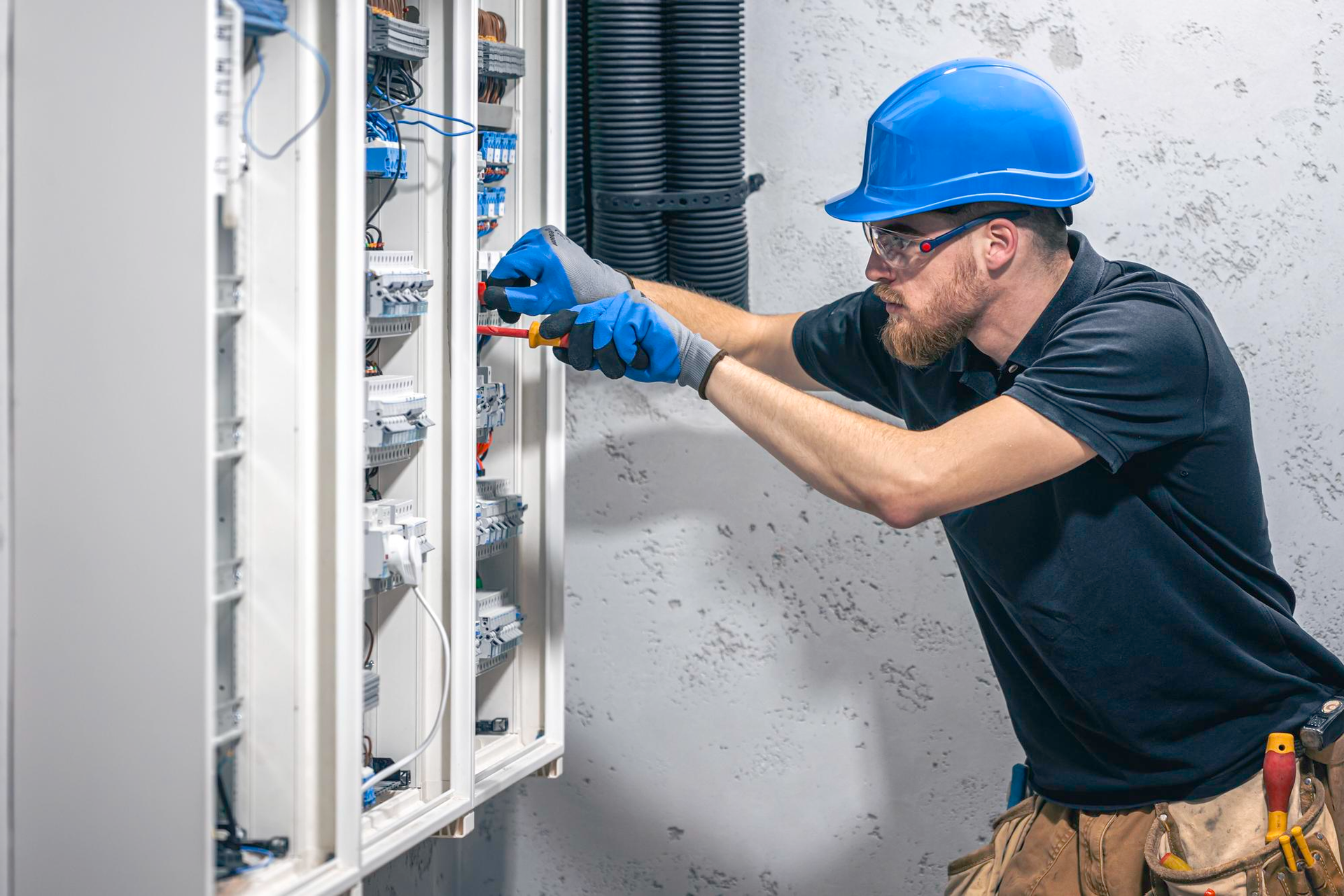
8. Test System Performance Before Peak Heat
Don’t wait until a heatwave hits to find out your system isn’t working. Turn your AC on in late spring and test its performance before summer fully arrives. Check for unusual noises, weak airflow, or inconsistent cooling across rooms.
Doing this early helps identify problems before they become emergencies. A pre-summer tune-up from Long Island HVAC Hero includes a complete performance check to ensure your system is ready for the season ahead.
9. Improve Indoor Air Quality
Summer allergies, pollen, and dust can all circulate through your HVAC system, impacting your family’s health. Improving indoor air quality is critical, especially if your household includes children, elderly individuals, or anyone with respiratory concerns.
Installing air purifiers, dehumidifiers, or UV filters can help. Long Island HVAC Hero offers specialized indoor air quality solutions to ensure your home remains comfortable and safe throughout the summer.
10. Schedule a Professional HVAC Inspection
Even with diligent DIY efforts, nothing compares to a comprehensive inspection by a trained HVAC technician. A professional can spot problems you might overlook and perform tasks that require technical expertise.
From refrigerant level checks to motor and belt inspections, a seasonal maintenance visit is essential. Contact Long Island HVAC Hero to schedule your summer HVAC tune-up and protect your system from unexpected breakdowns.
11. Check for Refrigerant Leaks
Low refrigerant levels can make your AC ineffective and damage the compressor over time. Symptoms include warm air blowing from vents, ice buildup, or hissing noises. Leaks need to be repaired immediately, as refrigerant is crucial to the cooling process.
Only a licensed HVAC technician should handle refrigerant-related issues. Our team at Long Island HVAC Hero is certified to detect and repair leaks to restore your system's performance efficiently.
12. Lubricate Moving Parts
HVAC systems have multiple components—motors, fans, belts—that require lubrication to function smoothly. Over time, these parts can dry out and cause friction, leading to increased wear and tear or system failure.
Lubricating these parts during seasonal maintenance keeps everything running efficiently. If your system sounds noisy or sluggish, it may be time for a service appointment with Long Island HVAC Hero.
13. Ensure Proper Insulation Around the Home
Even the best HVAC system will struggle if your home isn’t well insulated. Hot air seeping in through attics, walls, or windows increases the cooling load on your system, shortening its lifespan and spiking utility bills.
Check for gaps in window seals, add attic insulation, and use blackout curtains during the hottest part of the day. Our team at Long Island HVAC Hero can evaluate your home’s insulation needs as part of a full energy audit.
14. Monitor Energy Bills for Signs of Trouble
Sometimes, the first sign of HVAC trouble is an unexplained spike in your utility bill. If your energy usage increases but your home doesn’t feel cooler, it’s time to investigate.
High bills may indicate dirty coils, refrigerant leaks, failing parts, or thermostat issues. A quick diagnostic from Long Island HVAC Hero can pinpoint the cause and help you take corrective action before a small issue turns into a costly repair.
15. Replace Old Systems if Needed
No HVAC system lasts forever. If your unit is more than 10–15 years old and struggles to cool your home efficiently, it may be time for a replacement. Modern systems offer significantly better energy efficiency and cooling power.
At Long Island HVAC Hero, we specialize in system replacements tailored to your home’s size, budget, and needs. Don’t waste money on constant repairs—let us help you upgrade before the next heatwave hits.
Frequently Asked Questions (FAQs)
How often should I schedule HVAC maintenance in Long Island?
You should schedule HVAC maintenance at least twice a year—once in the spring before summer and once in the fall before winter. Summer tune-ups help ensure your system is prepared for heavy use.
What’s included in a professional HVAC maintenance visit?
A professional maintenance visit typically includes filter replacement, cleaning of indoor and outdoor components, checking refrigerant levels, thermostat calibration, and inspection of electrical connections and moving parts.
Why is my HVAC system blowing warm air during summer?
Warm air may indicate issues such as low refrigerant, a dirty evaporator coil, or thermostat malfunctions. A quick inspection from Long Island HVAC Hero can determine the exact cause.
Are ductless systems easier to maintain than central HVAC systems?
Ductless systems are generally easier to maintain but still require regular filter cleaning and outdoor unit inspections. They also benefit from occasional professional checkups to maintain optimal performance.
How do I know if my refrigerant levels are low?
Signs of low refrigerant include weak cooling, ice on the evaporator coils, and higher energy bills. Only a licensed technician like those at Long Island HVAC Hero should handle refrigerant diagnostics and refills.

